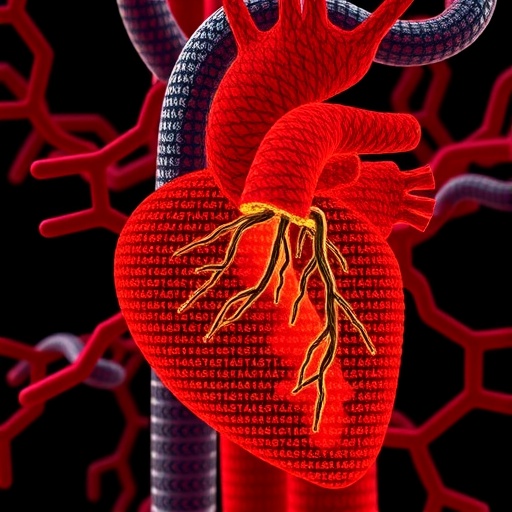
Credit: Baylor College of Medicine
Understanding the mechanisms that give cancer cells the ability to survive and grow opens the possibility of developing improved treatments to control or cure the disease. In the case of glioblastoma multiforme, the deadliest type of brain cancer, researchers have discovered that the molecule CD44s seems to give cancer cells a survival advantage. In the lab, eliminating this advantage by reducing the amount of CD44s resulted in cancer cells being more sensitive to the deadly effects of the drug erlotinib. The study appears in the Proceedings of the National Academy of Sciences.
"Treatment with erlotinib attempts to kill cancer cells by inhibiting EGFR signaling, a cellular mechanism that is hyperactive in most cases of glioblastoma multiforme and associated with poor prognosis," said senior author Dr. Chonghui Cheng, associate professor of molecular and human genetics and of molecular and cellular biology at Baylor College of Medicine. "However, the clinical benefit of treatment with this and other EGFR inhibitors has been limited by the development of drug resistance."
Erlotinib can inhibit EGFR signaling but in time cancer cells become resistant to the treatment, in part because other molecules can compensate for the lack of EGFR activity.
Increasing evidence also suggests that EGFR and related signaling mechanisms do not act alone. Another molecule present in a number of cancers, CD44s, seems to be involved in sustaining those cancer-promoting mechanisms, but how this happens remained a mystery.
CD44s gives cancer cells a survival advantage
"In this study, we discovered a mechanism by which CD44s helps maintain the EGFR signaling activated in glioblastoma multiforme," said Cheng, who also is a professor in the Lester and Sue Smith Breast Center at Baylor, part of the NCI-designated Dan L Duncan Comprehensive Cancer Center. "Working with a number of cancer cells grown in the lab, we determined that CD44s on the cell surface can enter the cell and prevent the digestion of EGFR, thus sustaining the activity of the signaling cascade that gives the cells a survival advantage."
Cheng and her colleagues have shown that CD44s holds a strategic place from which it can influence not only EGFR, but also a number of other signaling cascades that are important for cancer cell survival.
"If we remove CD44s from the cell surface, we also can reduce the appearance of other molecules that could help cancer cells sustain their growth by compensating for the lack of EGFR activity," Cheng said.
Importantly from the therapeutic point of view, the researchers also found that removing CD44s from cancer cells in culture and treating them with erlotinib resulted in higher cancer cell deaths than treating with erlotinib alone. Cheng and colleagues anticipate that CD44s might also play a similar role in other types of cancer in which EGFR signaling is involved. This opens the possibility that targeting CD44s could potentially reduce the growth of many types of cancer, not just glioblastoma.
"Researchers have been focused on developing inhibitors of EGRF and related pathways. Instead, we want to find novel approaches to boost the activity of inhibitors already available, and removing CD44s is a good example of how this could be done," said co-author Sali Liu, a graduate student in the Cheng lab. "Our work suggests that in the future, physicians and scientists might approach cancer treatment in a different way. For example, instead of deciding on a treatment based on the type of breast cancer a patient has, they might choose a treatment according to the type of mechanism that helps this particular cancer grow, regardless of the type of cancer it is."
###
Other contributors to this work include Wei Wang, Honghong Zhang, Chung Kwon Kim, Yilin Xu, Lisa Hurley, Ryo Nishikawa, Motoo Nagane, Bo Hu, Alexander Stegh and Shi-Yuan Cheng. The authors are affiliated with one or more of the following institutions: Baylor College of Medicine, Northwestern University, Saitama Medical University and Kyorin University.
This research was supported in part by grants from the National Institutes of Health, the Northwestern University Brain Tumor Institute and a Brain Cancer Research Award from James S. McDonnell Foundation. Further support was provided by a Zell Scholarship at Northwestern University and the Cancer Prevention Research Institute of Texas.
Media Contact
Allison Huseman
[email protected]
713-798-4710
@bcmhouston
https://www.bcm.edu/news
Original Source
https://www.bcm.edu/news/cancer/cd44s-brain-cancer-survival-advantage http://dx.doi.org/10.1073/pnas.1701289114





